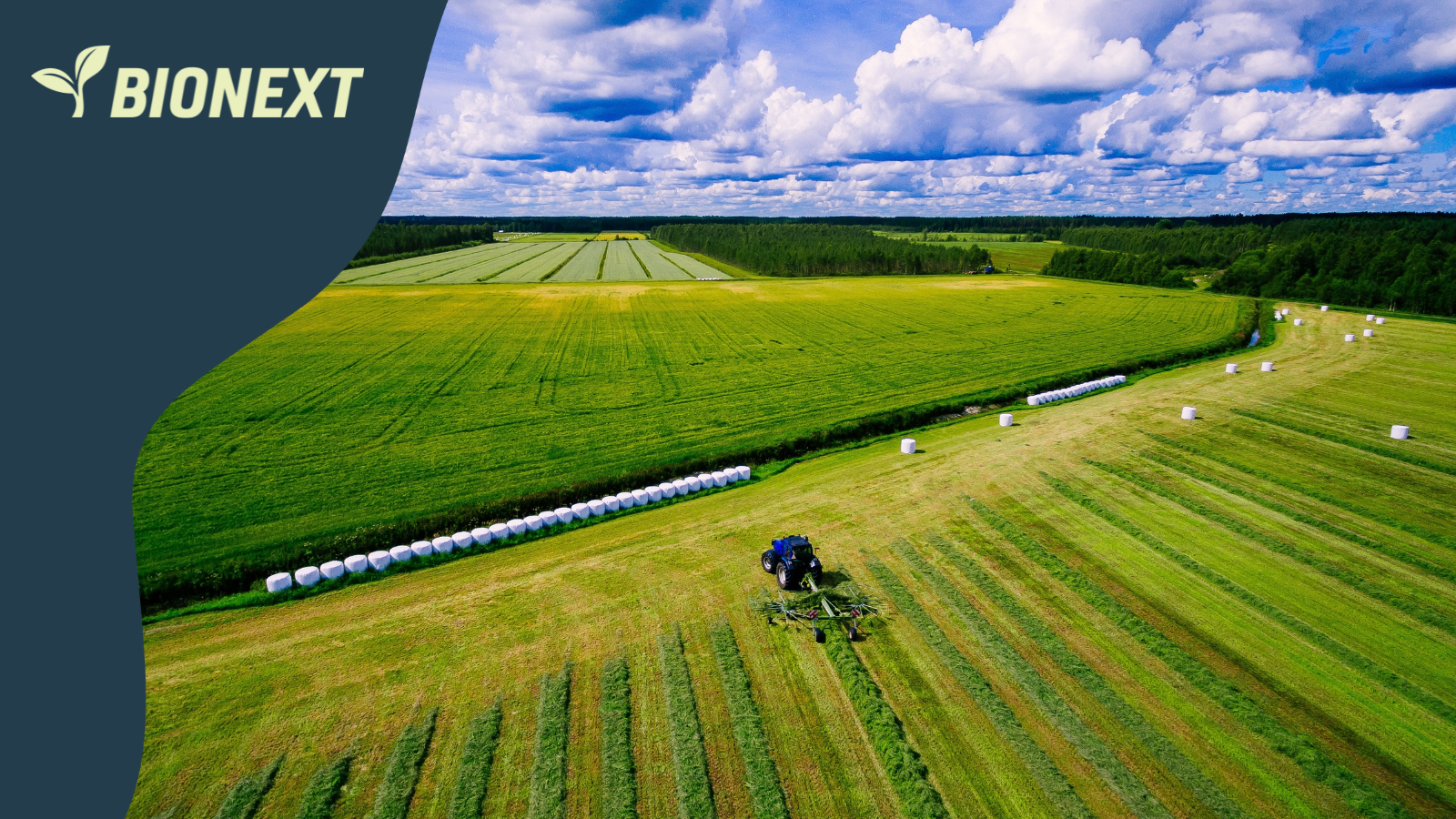News | Identifying pathways to sustainable societies – BIONEXT’s methodologies as a tool for nature-centered futures
The BIONEXT project is identifying pathways that help to achieve sustainable, nature-centered futures and societies. One key component of these pathways is the Pathways app, which will be based on good, real-world practices where biodiversity and nature have been the center of decision-making. The app allows its users to explore components for creating policies and actions that take biodiversity into consideration.
The Pathways app is built with a transdisciplinary methodology; the multiple-criteria decision analysis (MCDA) and the archetype analysis, both of which are used in innovative ways.
MCDA process evaluates different options in terms of multiple objectives
MCDA, the multi-criteria decision analysis, is a systematic approach that evaluates the different options in a situation that has several diverse objectives. The MCDA process starts by recognizing the problem, its options, and its objectives. Then the options are evaluated in terms of their impact to each objective and the objectives are weighted according to their importance. In practice, the options in the situations can refer to almost anything. They can for example refer to different strategies or to something more at the grass-root level, like different forest management ways.
MCDA can be utilized to evaluate for example forest management ways. Photo: AdobeStock
“As a result, MCDA calculates the preference order of the options, but the method’s benefits do not lay only in that but in the process of systematically going through different options”, says Finnish Environment Institute’s senior research scientist Jyri Mustajoki, who has worked with MCDA for over a couple of decades. “It is particularly valuable that the MCDA kind of forces to systematically assess all the impacts of different options and to also consider their importance to stakeholders. This means that all the ups and downs of each option are gone through”, Mustajoki explains.
Stakeholders have an important role in MCDA since each option is evaluated based on how stakeholders value the different impacts, which make the MCDA process participatory. One of MCDA’s advantages is exactly its two-way process; the method utilizes stakeholders’ views, but at the same time stakeholders learn from the process and get to ponder the problem from multiple viewpoints.
MCDA also works well in BIONEXT since BIONEXT’s research operates within the biodiversity nexus, meaning the interlinkages between biodiversity, water, food, energy, health, climate, and transport. “Coincidentally, MCDA has the nexus thinking kind of built inside it”, Mustajoki says and continues “MCDA looks at different effects from multiple viewpoints and quite often focuses on impacts on water, food, and energy.”
BIONEXT’s research operates within the biodiversity nexus.
MCDA has been utilized a lot in research, but BIONEXT is doing something innovative with it; BIONEXT is exploring with MCDA what kind of methodology should be used for specific kinds of problems. “It is regrettably common for someone to decide beforehand the method they are going to use without looking at the problem’s characteristics. We in BIONEXT are going to try to change this”, Mustajoki tells.
Archetype analysis as a way of achieving transformative change
Archetype Analysis is a methodological approach to studying complex socio-ecological systems and how the parts within these systems interact. A socio-ecological system is anything that necessarily involves both human and natural dimensions.
“For instance, agricultural cropping systems are processes that require human agency as well as specific environmental settings” Zuzana Harmáčková, the head of the Department of Social-Ecological Analysis at the Global Change Research Institute of the Czech Academy of Sciences, says and continues, “But across regions, there is a wide variety of biophysical attributes, agricultural practices, or socio-political organization and other factors that shape these agricultural systems and that exhibit unique but also repetitive patterns of behavior.”
Archetype Analysis is designed to reveal patterns that commonly characterize these systems, and more importantly to recognize patterns that hinder or allow desired changes. The analytical process starts with deconstructing the problem. “If our goal is to alter unsustainable agricultural practices in specific agricultural systems, we need to gain insights into these systems - understand their structures, functions, and interactions in the first place”, Simeon Vaňo, a researcher at the Department of the Human Dimensions of Global Change at the Global Change Research Institute of the Czech Academy of Sciences, says.
Archetype Analysis can be used for example to gain insight to agricultural practices’ structures, functions, and interactions. Photo: AdobeStock.
The next step is identifying the causes and effects of socio-ecological interactions that take place within the systems. “To illustrate a simple example: economic profit may represent one of the drivers causing the implementation of agricultural practices based on intensive fertilization, which in turn leads to higher yields in the short-term but the degradation of soil properties and ecological qualities of the land in the long-term. Ultimately, this negatively affects not only ecosystems but also future food production” Vaňo explains.
The analytical process of Archetype Analysis builds on this thinking, and while it, in fact, represents a rather complex approach, it leads to identifying so-called archetypes – the patterns of systems behavior that recur in different contexts and regions (e.g., causes and effects of implementing the agricultural practice from the example above). These patterns then serve as building blocks, generalized and transferable mechanisms that we can recombine in different ways and contexts to explain phenomena such as unsustainable agriculture. “Once we understand the systems, the causes, and effects, we can identify strategies that help to achieve sustainability goals”, Vaňo says.
In BIONEXT, each real-world nexus case from the database we create operates in a particular system and in a particular way. BIONEXT’s goal is to uncover both distinct and similar system behavior patterns that can trigger (or hinder) transformative change.
Creating pathways to sustainable societies
In BIONEXT, MCDA and the archetype analysis will be used together. The methods are used as building blocks in the BIONEXT Pathways app that allows its users to explore and harness pathways to creating sustainable futures and societies.
The Pathways app will bring together BIONEXT outputs and findings in an interactive and user-friendly way, allowing stakeholders to learn from the BIONEXT project's experiences and enabling future projects to achieve transformative change. The app will be co-created with stakeholders to ensure it is fit for purpose in helping to solve real-world challenges.
The Pathways app allows its users to explore components for creating policies and actions that take biodiversity into consideration. Photo: Thomas Koch / AdobeStock.
Since the Pathways app is based on real-world examples of good practices, both the archetype analysis and MCDA are used to reflect on the practices. For example, archetype analysis can be used to identify archetypes of causal patterns in the selected case studies which help to identify universally useful archetypes for achieving transformative change. ATAna is also used to create building blocks that allow us to replicate similar conditions in different contexts. MCDA is used to look if the case studies have utilized MCDA and based on this it is analyzed what kind of methods should be used in each case.
“BIONEXT is really highlighting all the different methods that can be used in different cases”, Mustajoki says, “this is something that is currently lacking in the research world and something that we need more of. BIONEXT has taken on this challenge.”
You can follow BIONEXT by subscribing to our newsletter and following us on social media (Twitter and LinkedIn).




